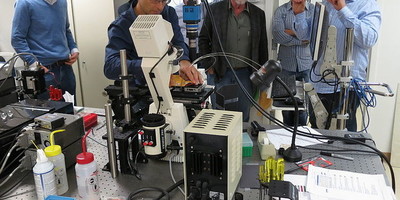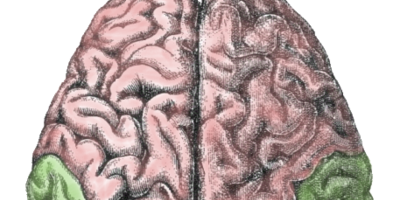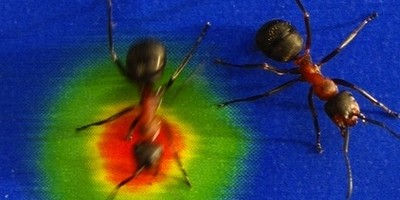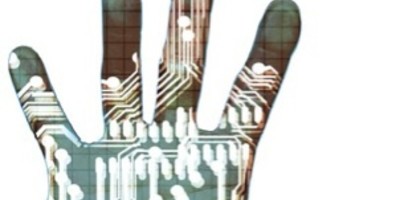This project on standardization activities regarding the use of nanotechologies points out the importance of work on standarization and conveys that the input of science is important and desirable.

Topics
Techno-sciences promise new possibilities: The so-called "genetic scissors" CRISPR-Cas9 enable the construction of new organisms, geoengineering is expected to influence the world climate, nanomaterials change the properties of cosmetics and food packaging. Is this still about nature or already about technology? Who takes responsibility for possible side effects? Are we allowed to use all that knowledge?
Technosciences combine the acquisition of new knowledge with the development of new technologies and the production of new objects. A prominent example of this is biotechnological research on plants, animals and humans. Genetic and molecular biological research is almost inseparably linked to the development of new intervention techniques. Take, for example, CRISPR-Cas9: the list of new constructs based on it ranges from herbicide-resistant crop lines to embryos with "tailor-made" genetic material.
Similar patterns can be found with nanotechnology, neurotechnoscience and the so-called converging technologies that combine all these research areas. The approach of geoengineering as an attempt to influence the global climate by technical means also falls into this category.
This opens up a variety of questions: Why do I need nano in my sunscreen? Will we be interfering with the genetic code of our babies in the near future? Who vouches for a balance between economic interests, social needs and societal concerns?
The combination of knowledge and construction, of understanding and intervention is characteristic of the technosciences. It first became a topic of social discussion in the context of biotechnology. The fusion of knowledge-oriented basic research with claims and approaches from engineering raised new social, ethical, legal and political questions. Ethics commissions were formed, regulatory guidelines were scrutinized and funding programmes were suddenly subject to conditions and socio-political missions.
The decisive factor for this development is that the expectations of politics, industry and society regarding scientific research have changed considerably. The corresponding new science policy agenda is to solve urging social problems and to contribute to national competitiveness, in short: to have a visible impact. The enlightenment credo of a free exercise of science, providing for social orientation and individual education is drifting into the background.
Thus, it becomes all the more important that society can rely on a responsible approach to the technosciences. New technological feasibility also requires socio-political innovations, such as new forms and forums for participation and prudent political supervision. This is precisely where technology assessment (TA), or, more precisely, technoscience assessment, comes in:
Technoscience assessment takes social opportunities and risks into account and looks for ways to make them widely accessible or to minimise them. Where conflicts of interest or value disputes are unavoidable - for example, when genetic engineering applications promote the industrialisation of agriculture or embryos are constructed from human and animal material for research purposes - it advocates a transparent negotiation process. And last but not least, it is constantly elaborating adequate participation procedures that help civil society to participate actively in socially relevant developments and decisions. For example, TA developed a specific participation method that focuses above all on citizens’ visions for the future; whether and how the new technosciences can contribute to their realisation should only be discussed on this basis.
Why go through all this trouble? Because TA believes that where the techno-sciences initiate revolutions relevant to everyday life, politics and society must not stand still.


![[Translate to English:] [Translate to English:]](/fileadmin/_processed_/f/e/csm_NT-A_iStock-1180187740_1200_d7058b481a.jpg)












This site uses cookies. They ensure essential functionalities of the website and enable us to continuously optimize content. Help us by agreeing to the collection of statistical data and the presentation of external multimedia content. You can change your cookie settings at any time. Further information can be found in the privacy settings and by clicking the Data Protection Link.
